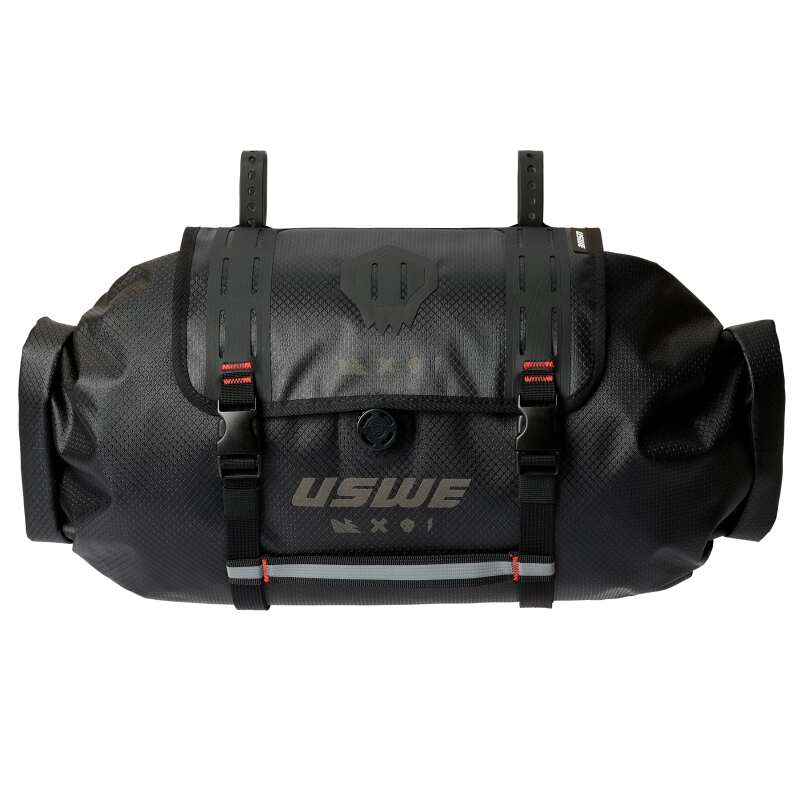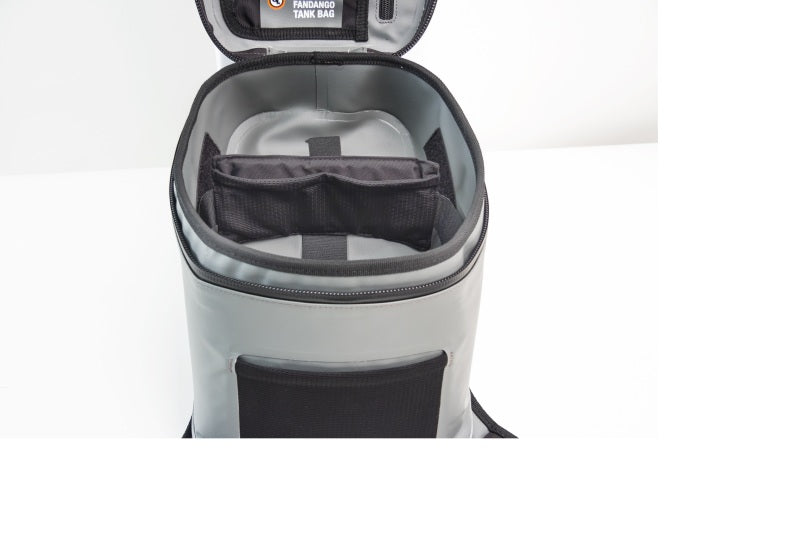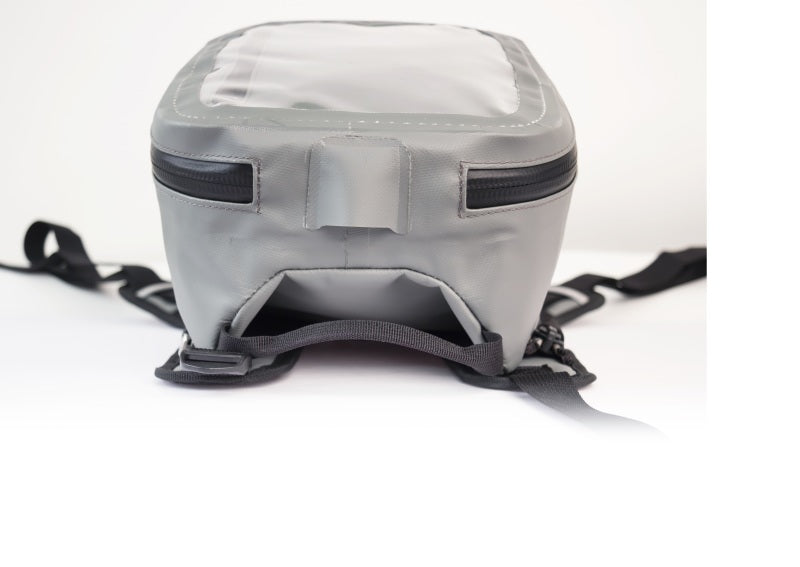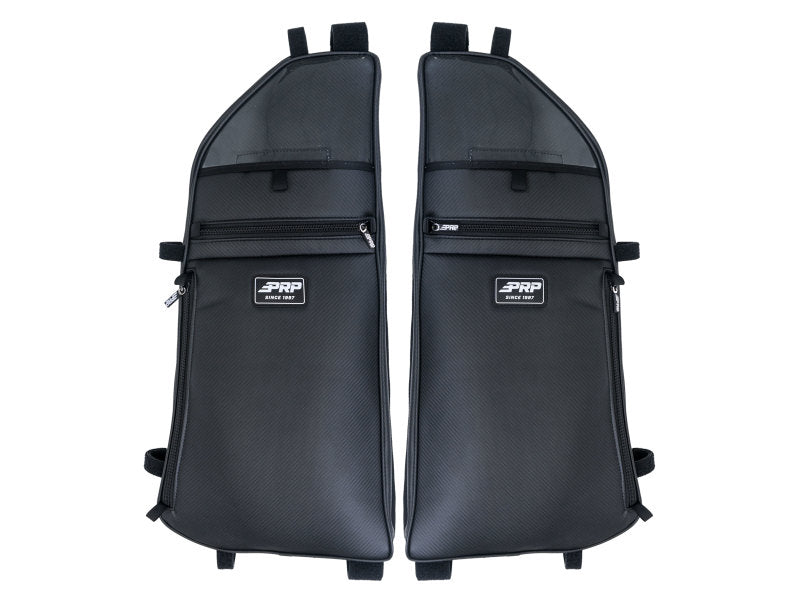A failing brake master cylinder shows several red flags you shouldn't miss. If your brake pedal feels mushy or sinks to the floor, that's trouble. Watch for brake fluid dripping under your car and pay attention if your car pulls to one side when braking. Dirty or dark brake fluid means your system might be breaking down. When your brakes don't work evenly, it often points to master cylinder problems. Don't ignore warning lights on your dash or if your car takes longer to stop than usual - get it checked right away. Keep an eye on your brake fluid by checking its level and color often, and make sure all brake parts are in good shape. Your master cylinder needs clean fluid and the right pressure (700-800 pounds) to work safely. Learning these warning signs helps you avoid dangerous brake failures.
Key Takeaways
- Soft or spongy brake pedal feeling indicates potential master cylinder failure or air in the brake system.
- Dark or contaminated brake fluid visible in the reservoir requires immediate professional inspection.
- Fluid leaks beneath the vehicle, particularly near the master cylinder area, signal seal failure or component damage.
- Uneven braking or pulling to one side while braking suggests master cylinder malfunction.
- Dashboard brake warning light illumination combined with decreased pedal firmness indicates serious master cylinder issues.
Understanding Your Brake Master Cylinder
Your brake master cylinder is like the boss of your car's braking system. It takes the push from your foot on the brake pedal and turns it into liquid power that makes your car stop.
Inside this cylinder, you'll find moving parts like pistons and springs, plus tanks that hold brake fluid - all working together to help you brake safely. Thanks to Pascal's principle, this system distributes pressure evenly throughout your braking system. Professional brake components ensure reliable stopping power when you need it most.
Most cars today use a split design with two separate chambers, which gives you backup if one side fails.
When you step on the brake pedal, a piston pushes inside the cylinder, squeezing brake fluid through
Critical Warning Signs
Warning signs can tell you when your brake master cylinder is failing and needs fixing right away for safe driving. The main signs you'll notice are a brake pedal that feels soft, fluid dripping under your car, and warning lights glowing on your dashboard. Professional mechanics should inspect your brake system when dark brake fluid appears, as this indicates contamination that can seriously impact braking performance.
|
Warning Sign |
What It Means |
|
Brake Pedal |
Feels soft or sinks to the floor |
|
Fluid Problems |
Dirty fluid, leaks, low fluid level |
|
Braking Issues |
Car doesn't stop well, brakes pull to one side |
|
Sounds |
Scraping or squeaking when you brake |
|
Dashboard Lights |
Brake warning light comes on |
These problems usually mean the seals inside are worn out, the brake fluid is dirty, or there's not enough pressure in the master cylinder. Checking your brakes and fluid often helps catch problems before they become unsafe. If you notice several of these signs at once, get your car checked by a mechanic right away.
Brake Fluid Leaks Matter
Right away you need professional assistance if you notice brake fluid leaking from your vehicle. Just like with engine cooling systems, brake fluid plays a vital role in maintaining proper operating temperatures.
Pedal Feel Changes
Your brake pedal tells you a lot about your master cylinder's health. When everything works right, the pedal feels the same each time you press it. When something's wrong, the pedal will feel different.
Watch out for pedals that feel soft and mushy, go down too far, or slowly sink to the floor. These changes usually mean there's air trapped inside, worn-out seals, or dirty brake fluid. Air is especially bad because it makes the brakes work unevenly and less powerfully. Pumping the brake pedal can temporarily restore normal pedal feel. Just like quality motor oil keeps engines running smoothly, clean brake fluid is essential for proper brake operation.
A mechanic can check the master cylinder's seals, test the brake fluid, and remove any trapped air. Fixing these problems quickly keeps your brakes working well and helps you stop safely, especially in emergencies.
Measuring Braking Performance
Your brakes work best when you can measure how well they perform. The key is knowing how much pressure builds up when you step on the brake pedal.
When you push down with 100 pounds of force on a brake system with a 1-inch cylinder, you get 127.4 pounds of pressure per square inch. Use a smaller 7/8-inch cylinder, and that same push creates 166.7 pounds of pressure.
For safe driving, your brakes should make between 700-800 pounds of pressure during normal stops. They can handle up to 1200 pounds of pressure at most.
The size of your main brake cylinder matters a lot - bigger ones move more brake fluid but make less pressure, while smaller ones need you to push the pedal further down.
To check if your brakes work right, you also need to look at how far the pedal moves compared to how much it pushes on the brakes. Regular brakes need a 6:1 to 7:1 push ratio, while power brakes only need 4:1.
Protect your vehicle's brake system by installing all-weather floor mats to prevent water and debris from affecting pedal grip and performance.
Inspecting For Serious Problems
Regular brake checks help spot problems early, but looking at the parts with your eyes is still very important for finding brake issues. Looking carefully at the main brake cylinder and nearby parts can show big problems before your brakes stop working.
|
What to Check |
Bad Signs |
What to Do |
|
Fluid Tank |
Low fluid |
Add more fluid, look for leaks |
|
Outside |
Wet areas, marks |
Put in new seals or cylinder |
|
Joint Areas |
Leaking, rust |
Fix or replace parts |
|
Movement |
Weak pushback |
Fix or swap cylinder |
When looking at the brakes, watch the fluid level in the main tank over a few days. Check if the fluid looks dirty or has bits floating in it. Push on the brake parts to feel if they push back right, and make sure all connections are tight. If you see any leaks, fix them right away to keep your brakes working safely.
Safety Risks When Driving
Driving with a bad brake master cylinder creates three major safety dangers: weaker brakes, brakes that work unpredictably, and brakes that could stop working entirely. These problems make driving much less safe and need to be fixed right away.
When the master cylinder starts failing, your car takes longer to stop and the brakes don't work the same way each time - especially risky when you need to stop quickly.
- Brake fluid leaks make your brakes weaker, forcing you to push harder on the pedal.
- Air bubbles in the brake lines make the pedal feel soft and stop the car poorly.
- The brakes can suddenly stop working with no warning signs.
- Uneven braking makes the car harder to control when slowing down.
Drivers need to watch for these warning signs because driving with a failing master cylinder can cause bad crashes and damage other brake parts, leading to expensive fixes.
When Replacement Becomes Necessary
Your car's brake master cylinder needs replacing when it shows clear warning signs. This key part keeps you safe on the road, so watching for problems helps avoid brake failure. Watch for brake fluid problems like leaks, dirty fluid, or having to add fluid too often. If your brake pedal feels soft or sinks to the floor, or if your brakes work poorly and make strange sounds, your master cylinder is likely failing. Check for warning lights on your dashboard, look for fluid leaks around the brake parts, and pay attention to any damage to the seals. If your car takes longer to stop or the brakes feel weak, get your car checked right away. Don't wait - bad brakes put everyone at risk.
Professional Diagnostic Steps
Mechanics use clear steps to find brake master cylinder problems. They work with special tools and careful checks to look at the whole brake system, making sure they find the real issue and know how to fix it.
- Looking closely at the master cylinder, brake lines, and nearby parts to spot any leaking fluid, rust, or dirt.
- Checking how the brake pedal feels and works - if it sinks down, feels soft, or doesn't work the same way each time.
- Looking at the brake fluid to see if it's clean and testing it to find any dirt or unwanted materials.
- Using scan tools to read error codes and check if electronic parts are working right.
Preventing Future Brake Issues
Regular care of your brake system is key to keeping it working well and avoiding problems. Basic brake maintenance includes checking fluid levels and looking for dirty or contaminated fluid. By checking your brakes often and fixing small issues right away, you can stop big problems before they happen and keep your brakes working their best.
|
Maintenance Area |
Action Required |
Frequency |
|
Fluid Level |
Check reservoir level |
Monthly |
|
Fluid Quality |
Inspect color/contamination |
Quarterly |
|
Leak Detection |
Examine lines and fittings |
Monthly |
|
System Pressure |
Test pedal firmness |
Weekly |
|
Component Wear |
Inspect pads and rotors |
Bi-monthly |
Getting your brakes checked by experts on a set schedule, taking care of the brake fluid, and paying attention to warning signs will help your brake parts last longer and work better. Checking your brake pressure and how well your brakes respond helps catch problems early.
Frequently Asked Questions
Can Extreme Weather Conditions Affect Brake Master Cylinder Performance?
Hot and cold weather can mess with your brake master cylinder's ability to work properly. Very high or low temperatures change how thick your brake fluid is, can damage rubber seals, and make metal parts swell or shrink. This can lead to weaker brakes or brake problems when you need them most.
How Long Does a Typical Brake Master Cylinder Replacement Procedure Take?
Replacing a brake master cylinder usually takes 2-3 hours, including the time needed to get all the air out of the brake lines. Shop costs can change depending on where you go, but checking your brakes often helps catch problems early and keeps parts working longer.
Is It Safe to Drive to a Repair Shop With Symptoms?
Don't risk driving when your brakes have problems. If you see brake warning lights or notice fluid drips, call a tow truck instead. This keeps you and others safe by avoiding sudden brake failure on the road.
Are Aftermarket Brake Master Cylinders as Reliable as Original Equipment Parts?
Aftermarket brake parts cost less, but factory-original parts tend to work better and last longer thanks to better-quality materials, exact fit, and tighter testing standards. This makes original parts a safer choice for your car's braking system.
What Tools Do I Need for a DIY Master Cylinder Inspection?
You'll need eye protection, rubber gloves, a good light, strips to test your brake fluid, a small mirror to see hidden spots, basic tools to turn nuts and bolts, clean cloths, and a step-by-step list to check everything carefully.
Conclusion
The brake master cylinder serves as a critical safety component requiring vigilant monitoring and maintenance. Prompt recognition of warning signs - including fluid leaks, pedal irregularities, and diminished braking performance - enables timely intervention before catastrophic failure occurs. Regular professional inspections at Gexhaust, coupled with systematic maintenance protocols, guarantee peak hydraulic system function and preserve vehicle safety standards. When degradation is detected, immediate replacement by qualified technicians remains the only acceptable solution. Contact us for expert brake system diagnostics and repairs.





